SIDEKIQ™ VPX400
Specifications
CMOSS
Coherent
PPS
0.5 kg
PCIe
key features
RF Coverage
Channel Bandwidth
Receive & Transmit
Pre-Select Filtering
FPGA
A/D Converter
D/A Converter
Benefits
RAPID DEPLOYMENT
SOSA-ALIGNED
perfect for
benefits
Rugged for Field
Deployment
KEY SPECS
Sidekiq™ VPX400 specs at a glance
Tuning Range
75 MHz to 6 GHz, able to capture down to 1MHz
Bandwidth
Up to 450 MHz per channel
Power Consumption
40W (typical usage)
Integrated FPGA
Kintex KU115
Form Factor
3U VPX
I/O
PCIe and 10/40 GbE
Receivers
Up to 4
Transmitters
Up to 4
RELATED PRODUCTS
LOOKING FOR MORE?
Sidekiq™ VPX410
This SDR transceiver module is CMOSS/SOSA-aligned and offers a multi-channel RF tuner solution in a single 3U VPX slot. Delivering rapid situational awareness up to 18 GHz in 3U VPX form, it's you go-to for SIGINT/EW/ Communications applications.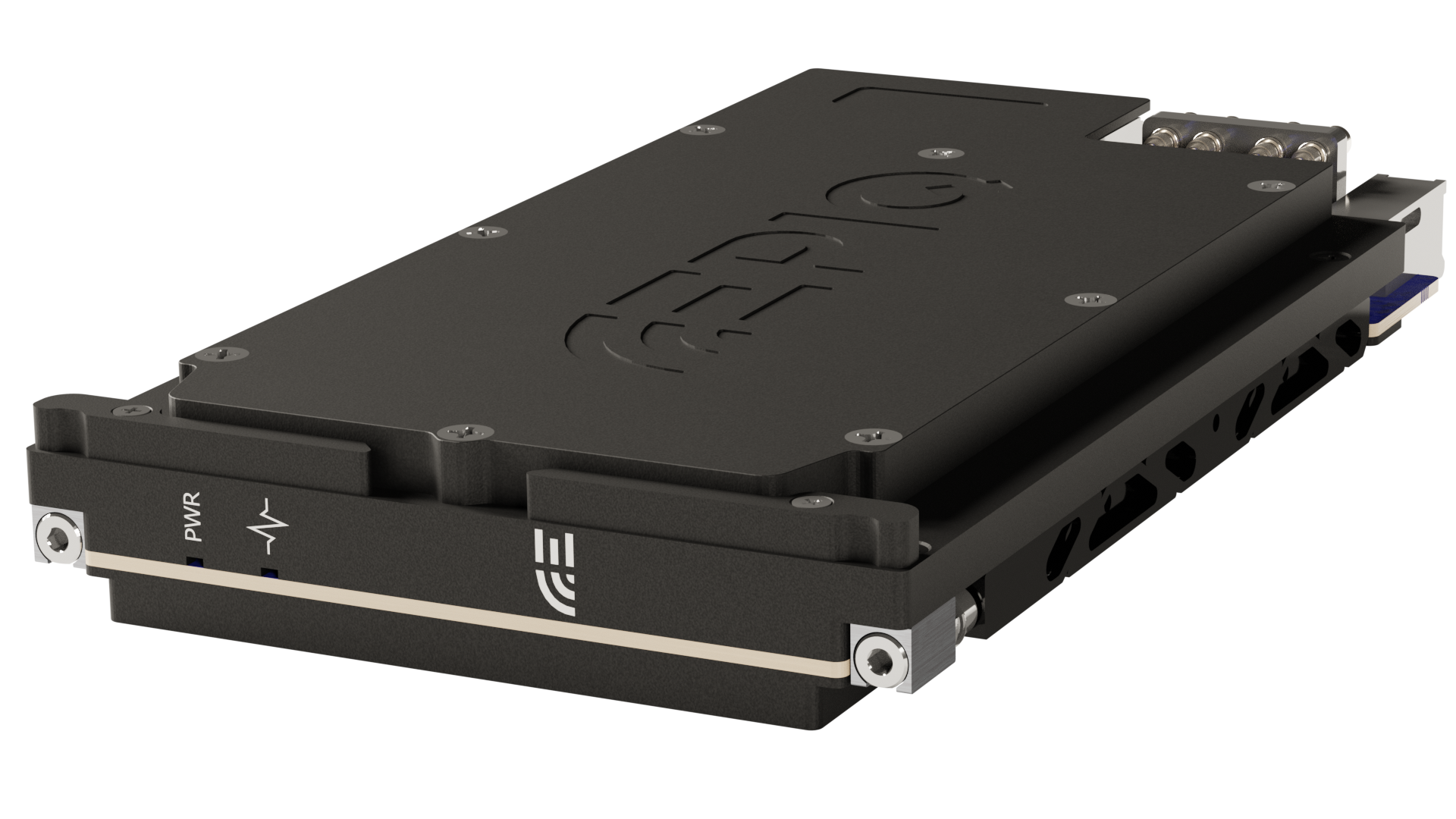
Sidekiq™ X4
The Sidekiq™ X4 introduces a new level of RF integration, speeding development and improving wideband range, providing four channels with a total of 900MHz of bandwidth. It's a flexible, high-capacity RF transceiver with multi-band, sub-octave filtering on four receive paths.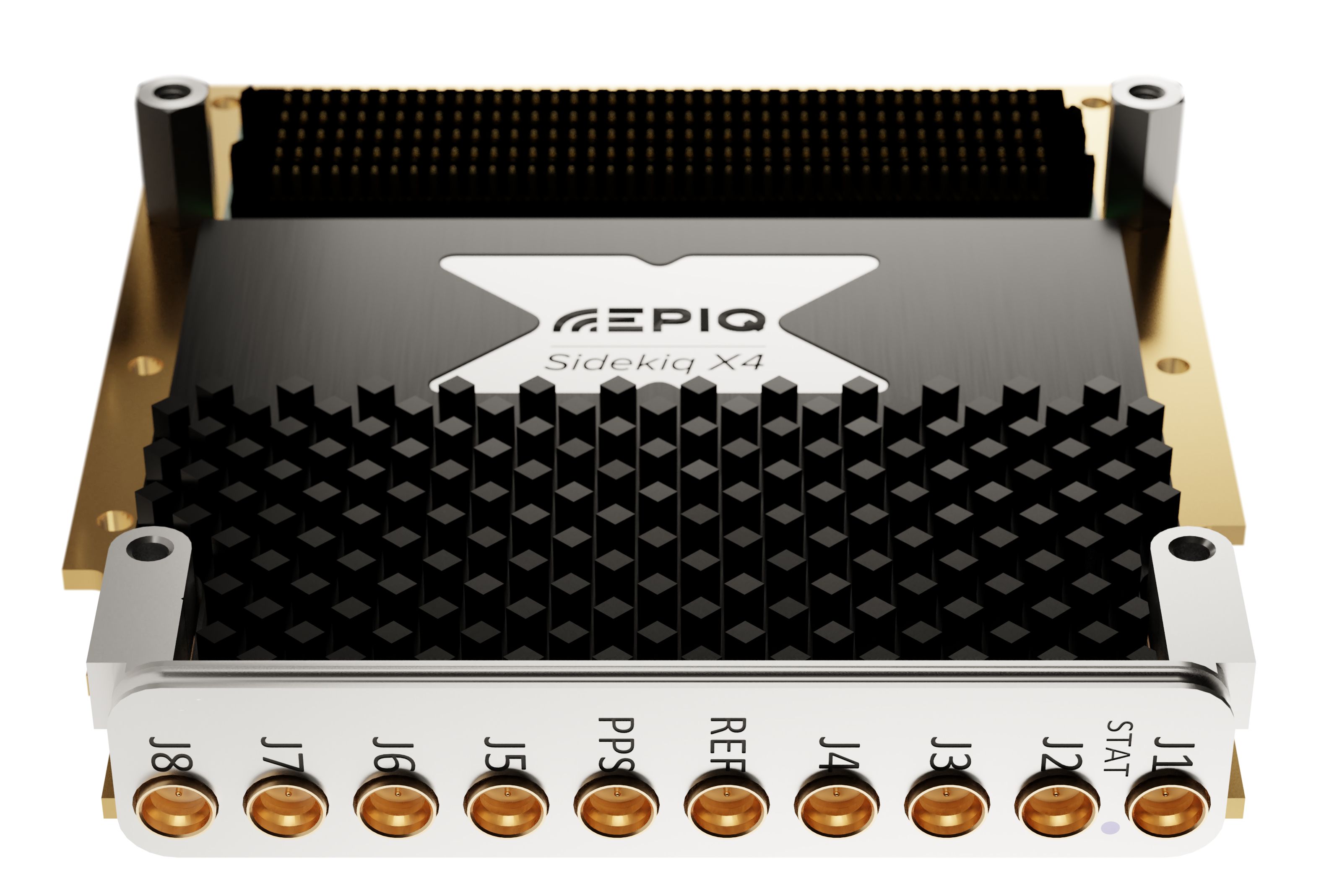
Customize Your Sidekiq™
We design every product to be flexible and adaptable. Ready to explore more of our technology?
APPLICATIONS
Perfect for a Range of Applications
RELATED PRODUCTS
Looking for More?
Sidekiq™ VPX410
Access more RF spectrum with Sidekiq™ VPX410— a revolutionary, CMOSS/SOSA-aligned software-defined radio (SDR) multichannel RF tuner solution enabling SIGINT/EW/Communications use cases up to 18 GHz in a 3U VPX form factor.-237px.webp)
Sidekiq™ X4
The Sidekiq™ X4 introduces a new level of RF integration, speeding development and improving wideband range, providing four channels with a total of 900MHz of bandwidth. It’s a flexible, high-capacity RF transceiver with multi-band, sub-octave filtering on four receive paths.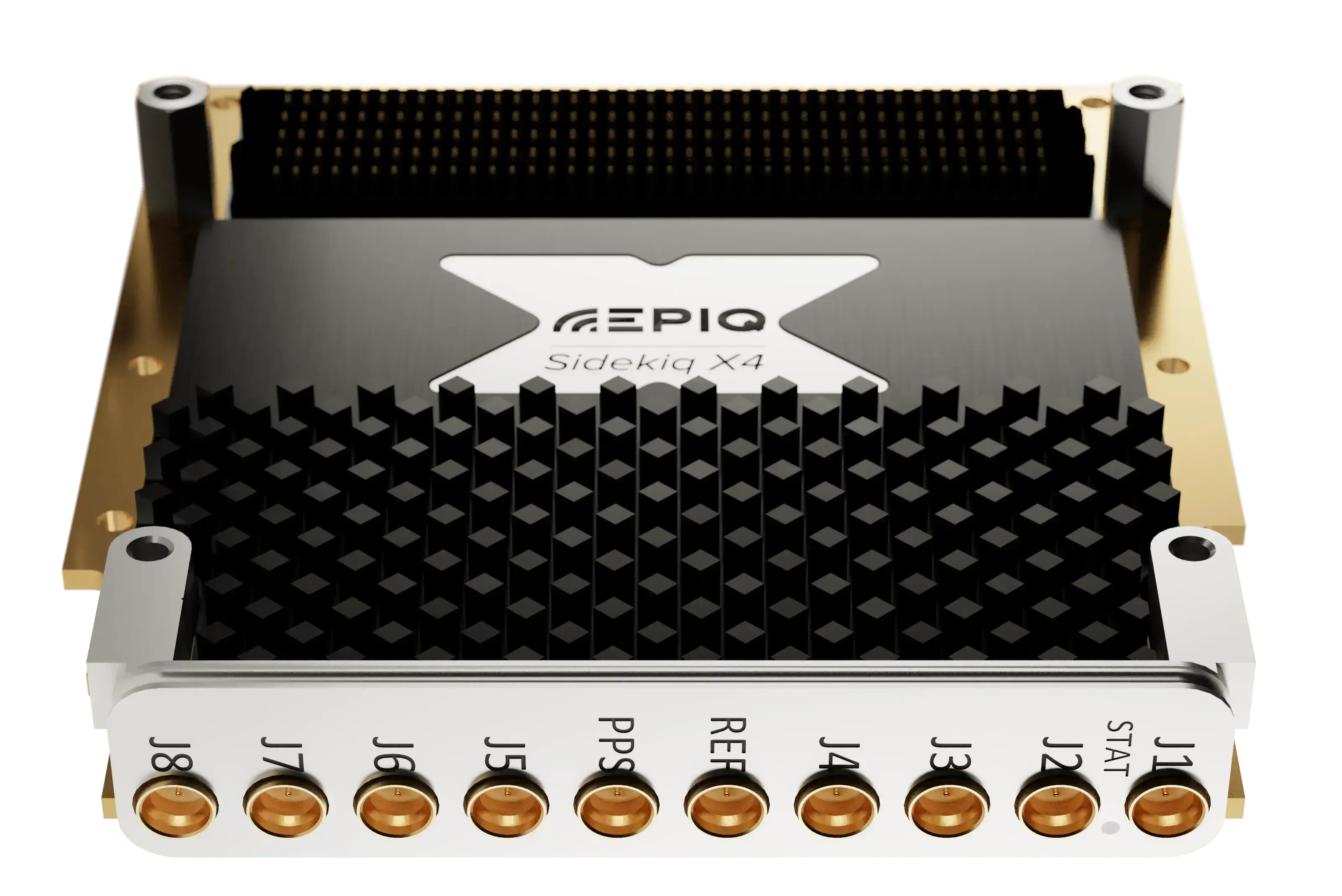
Customize Your Sidekiq™
We design every product to be flexible and adaptable. Ready to explore more of our technology?
RESOURCES
Get Started with Sidekiq™ VPX400
faq
Frequently Asked Questions
SDR is a radio communication system in which components traditionally implemented in hardware are instead implemented (via custom software) on a personal device or embedded computer system. SDR systems can be adapted to integrate with various communication applications. Once integrated, SDRs can be used to scan for radio frequencies, listen to FM radio, track aircraft with ADS-B, receive GPS signals, dabble in amateur radio, decode digital voice, and even bounce signals off the moon!
Explore Related Case Studies
Epiq's SDR solutions deliver unparalleled RF performance and flexibility in compact form factors, making them perfect for a range of applications: including mobile, portable, and space-constrained. With a wide tuning range from 70 MHz up to 6 GHz, our products can be used for things like spectrum analysis, RF recording, cellular network scanning, enforcing no-wireless policies, and more.
Explore Related Case Studies
Yes, our SDRs, SDR platforms, and turnkey solutions are designed to be flexible and easily integrated. That means you can customize any of our products to fit your specific needs.
To get started, request one of our dev kits. We have two options: Evaluation (EVK) and Platform Development (PDK). You can request a dev kit by filling out the form below. Once you do, we'll get back to you with details and next steps.
If you need assistance, Epiq’s team is always here to offer comprehensive support: including detailed product documentation and an active community for peer discussions.
Explore Related Case Studies
Our SDRs support various data transfer interfaces, including USB 2.0, USB 3.0, and PCI Express (PCIe), depending on the product.
Explore Related Case Studies
Building the Game-Changer in Rescue Operations
When CENTUM was in need of a compact yet powerful and reliable SDR solution for their Lifeseeker search and rescue system, we leaped into action, and in the span of just one year, our Sidekiq M.2 card became...
READ MOREOur SDRs support popular frameworks such as GNU Radio, and others. For programming, we support languages such as C, C++, and Python.
Explore Related Case Studies
Building the Game-Changer in Rescue Operations
When CENTUM was in need of a compact yet powerful and reliable SDR solution for their Lifeseeker search and rescue system, we leaped into action, and in the span of just one year, our Sidekiq M.2 card became...
READ MOREYes, our SDR products, such as the Sidekiq™ X4, support multi-channel phase-coherent MIMO operations, making them suitable for a variety of applications.
Explore Related Case Studies
Building the Game-Changer in Rescue Operations
When CENTUM was in need of a compact yet powerful and reliable SDR solution for their Lifeseeker search and rescue system, we leaped into action, and in the span of just one year, our Sidekiq M.2 card became...
READ MOREMany of our SDRs can operate both standalone and as part of a host device, giving you the flexibility to use them as needed.
Still have questions? Reach out and we’ll do our best to help.
Explore Related Case Studies
Building the Game-Changer in Rescue Operations
When CENTUM was in need of a compact yet powerful and reliable SDR solution for their Lifeseeker search and rescue system, we leaped into action, and in the span of just one year, our Sidekiq M.2 card became...
READ MORE






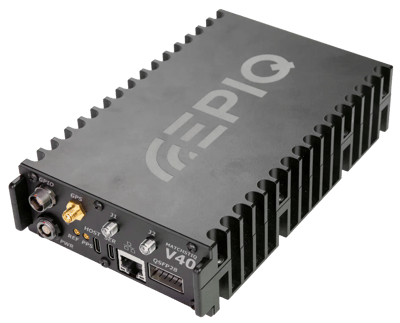




.webp?length=400&name=Cyber-Radio-NDR585%20(3).webp)
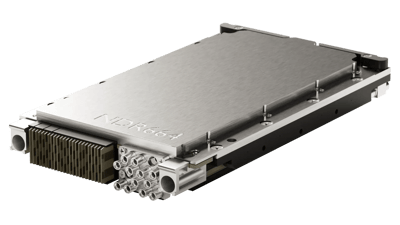
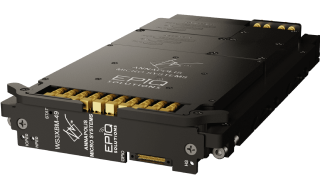









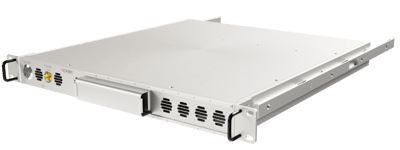
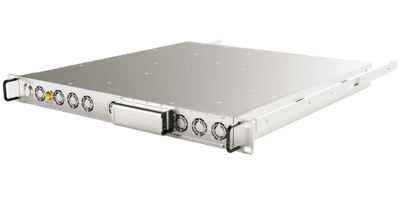


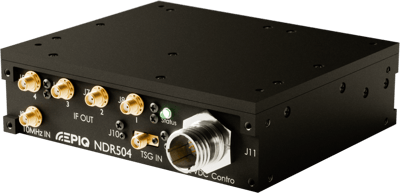


.webp?width=70&height=70&name=Vector%20(1).webp)
-237px.webp)
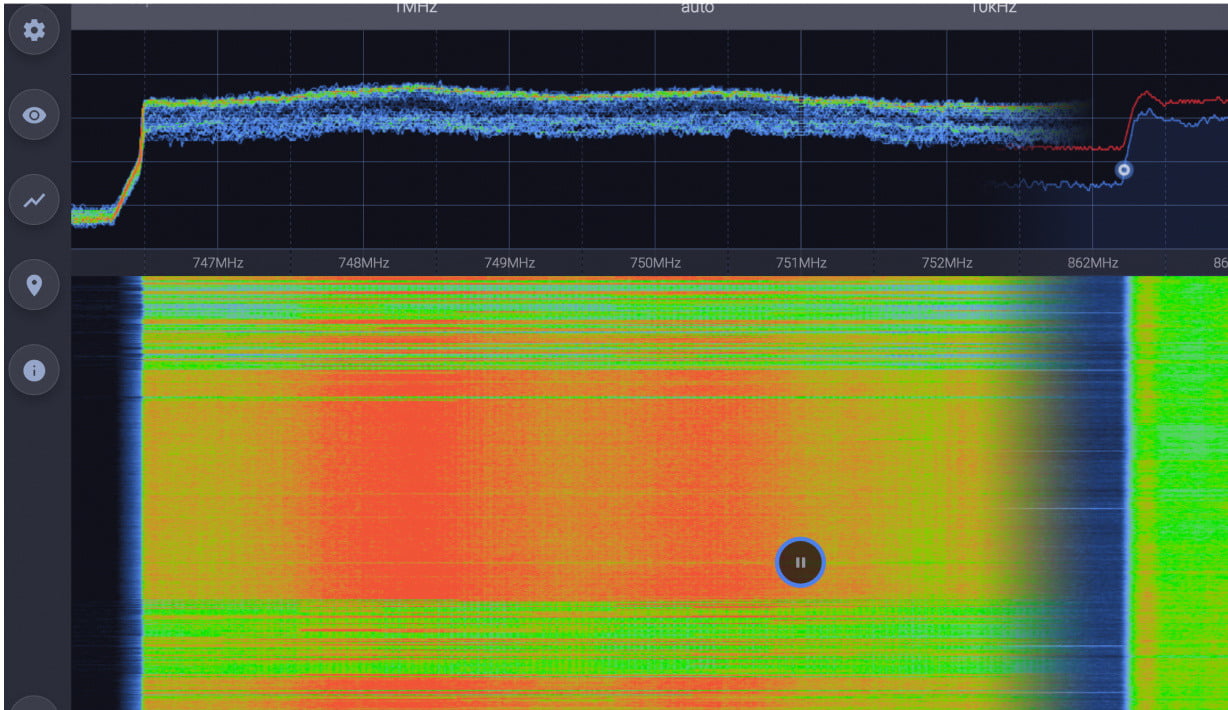





.png)